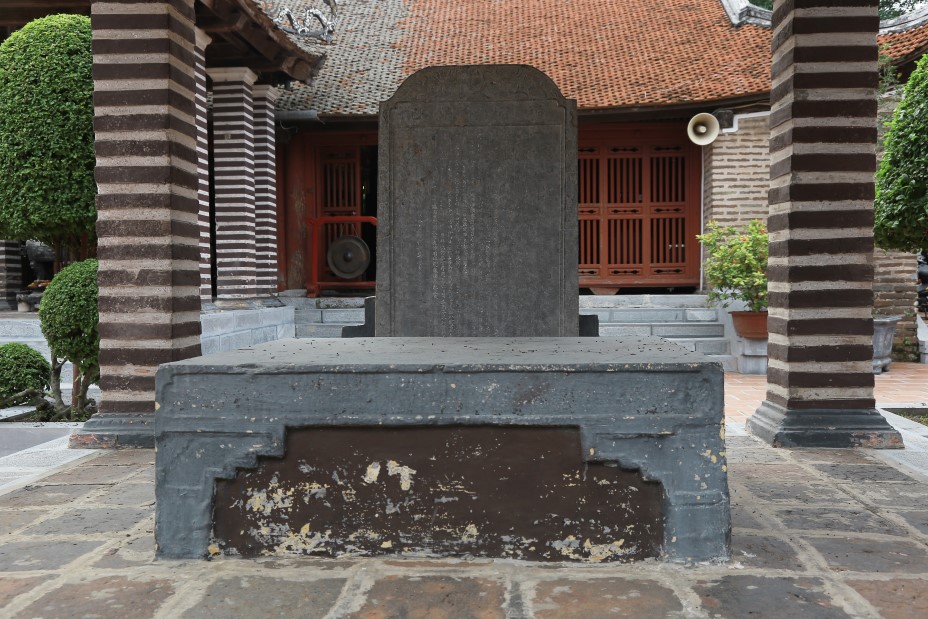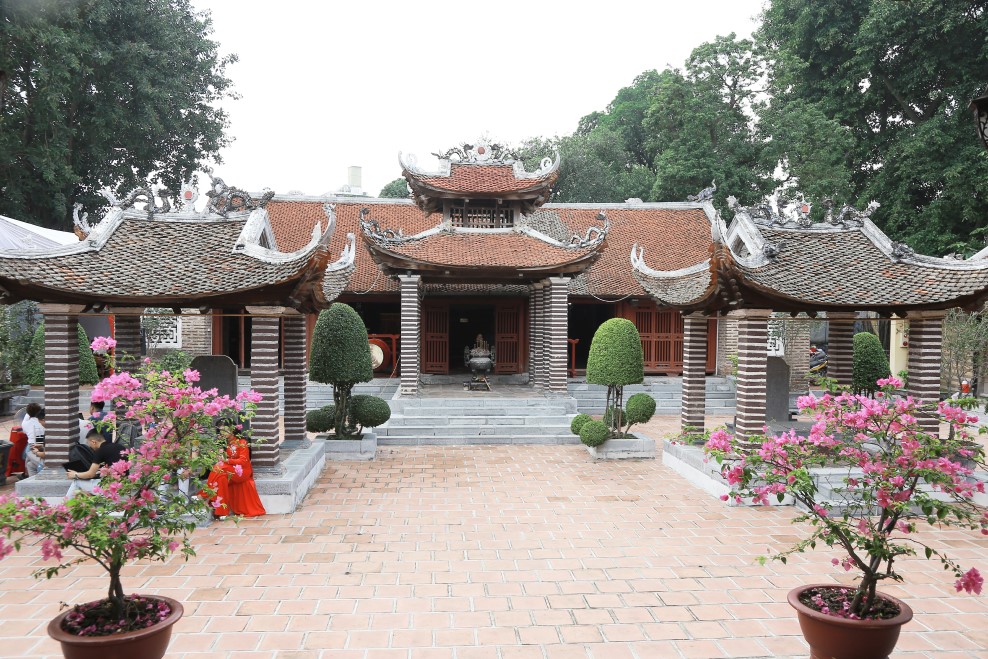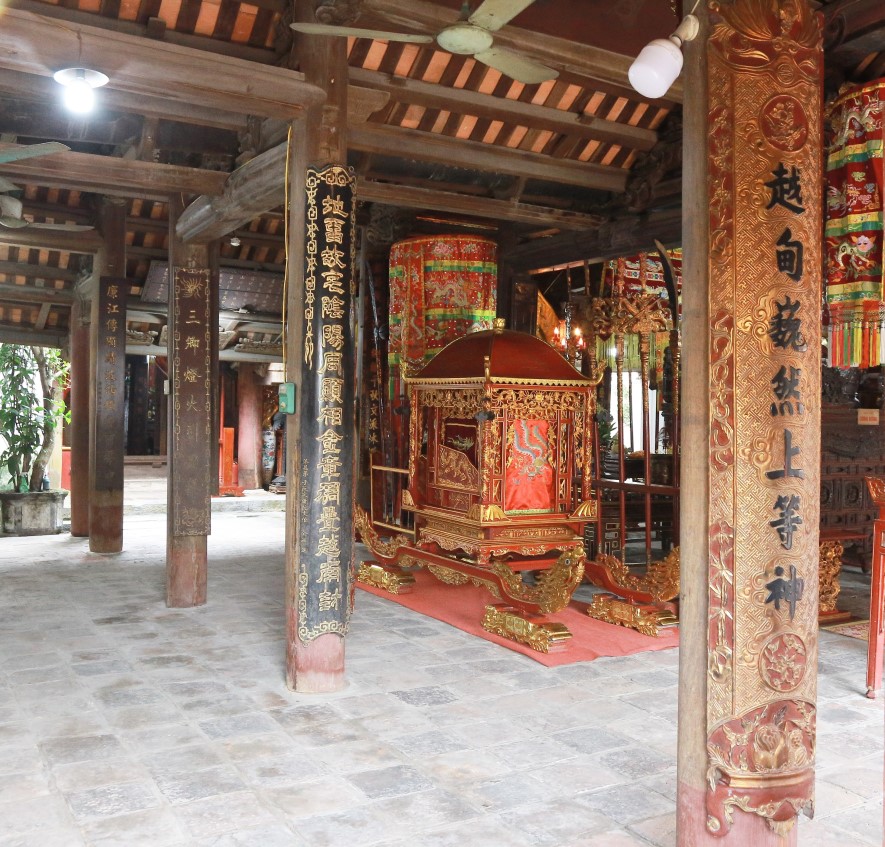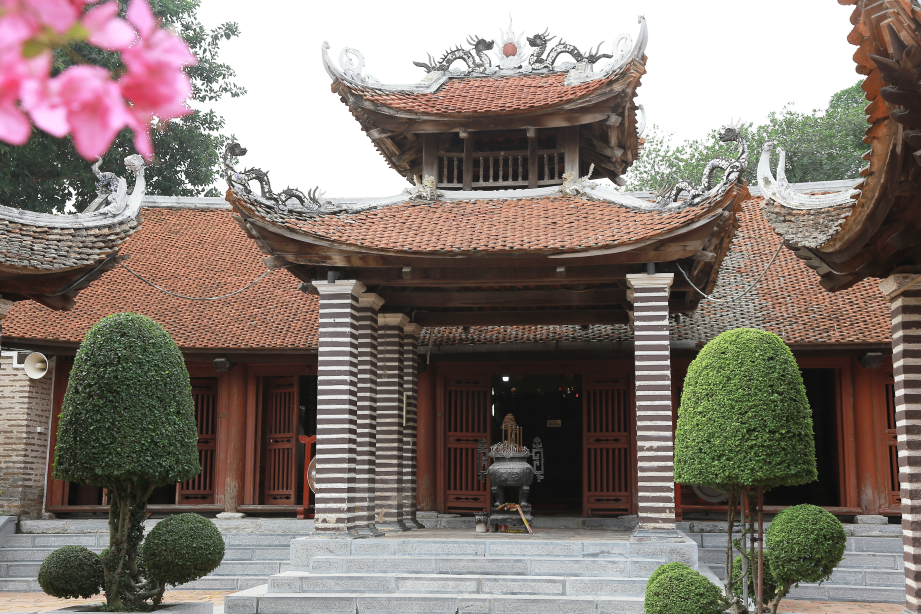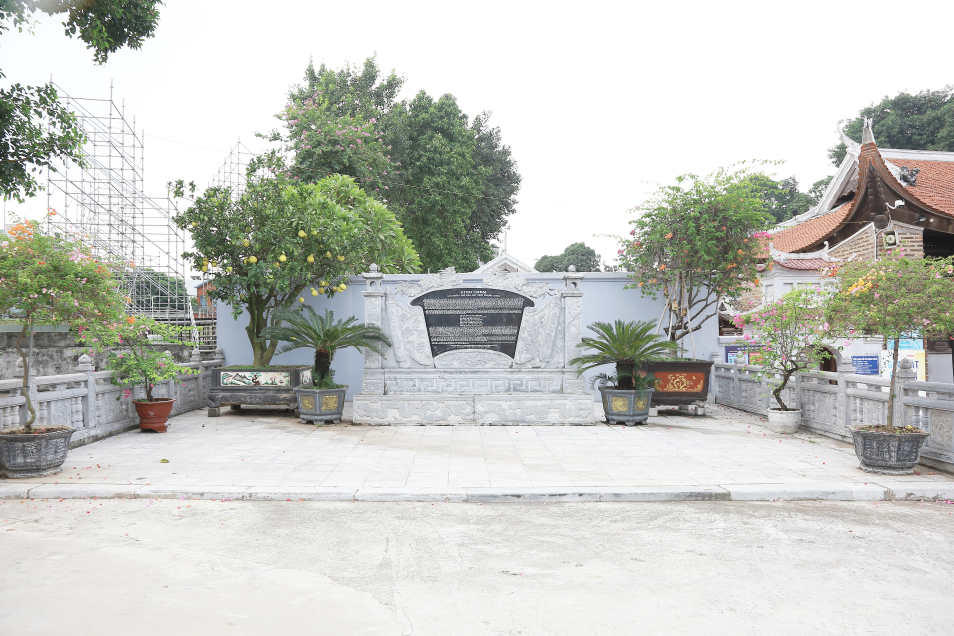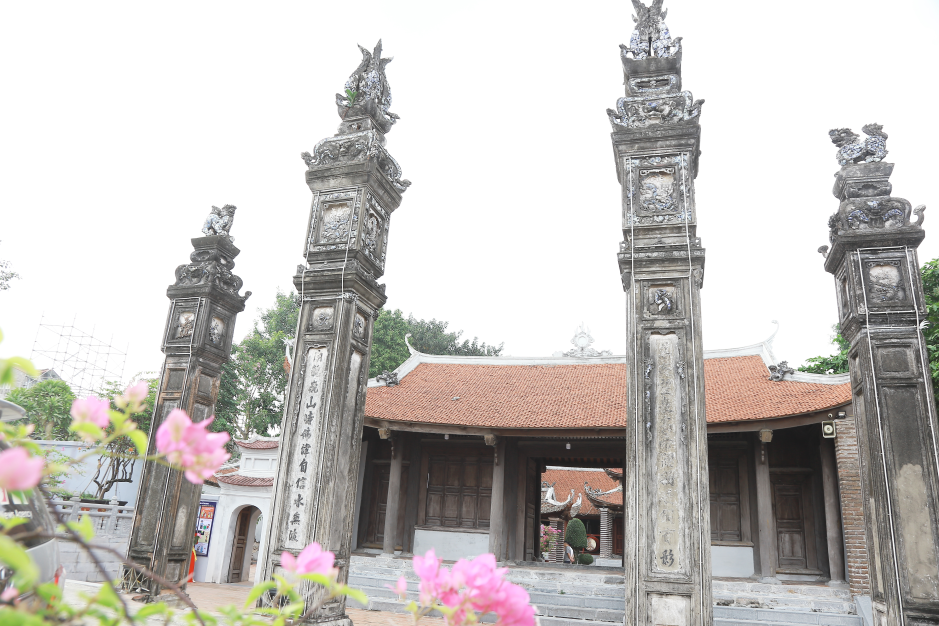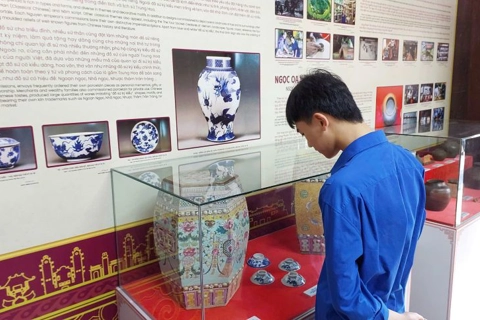Red River's millennial communal house features unique architecture
The Chem Communal House in Hanoi has been designated a National Special Relic for its exceptional architecture and history.
Perched on a large plot of land covering about 11,000 square meters on the banks of the Red River in Thuy Phuong Ward, Bac Tu Liem District, Hanoi, Chem Community House worshipped General Ly Ong Trong, a hero under King An Duong Vuong, who ruled the Au Lac Kingdom (now Vietnam) between 257 and 207 BC.
According to historical books, the communal house was built in the 7th century, making it one of the oldest temples in Vietnam.
The distinctive feature of the Chem Communal House is the triple-arched gate adorned with four magnificent stone pillars representing the dragon, unicorn, turtle, and phoenix.
The communal house displayed an ancient architectural style, with two long corridors connecting the front and back halls, creating a rectangular framework that embraces other architectural elements in the center.
The pillars and the roof inside the communal house bear beautiful and intricate carvings, showing the remarkable architectural artistry of the Le Trung Hung period, which dates back to the 18th century.
The pillars of the communal house and the exquisite details on the roof are made of rare and precious wood, making them immune to termite infestation even after more than a thousand years of existence.
Due to its riverside location, Chem Communal House is prone to frequent flooding, which led to raising the temple by 2.4 meters in 1903. This remarkable feat was accomplished entirely by hand. At that time, a temple weighing hundreds of tons was raised to the same height as the surface of the Red River levee.
In the course of history, Chem Communal House underwent several repairs in 1631, 1773, 1792, 1885, 1902 and 1913.
Chem Communal House was recognized as a National Historical and Cultural Relic in 1990 and a National Special Relic in 2017.
The Chem Communal House Festival lasts three days, from the 14th to the 16th of the 5th lunar month. It features various notable events, including a water procession from the Red River.
| Stone stele inscribed with the history of the Chem Communal House. Photo: Ngo Minh/The Hanoi Times |
| The architecture of the temple is typical of northern pagodas and temples. Photo: Ngo Minh/The Hanoi Times |
| Objects of worship in the communal house are used for water procession rituals during festivals. Photo: Ngo Minh/The Hanoi Times |
| The temple is dedicated to General Ly Ong Trong, a hero in the Au Lac Kingdom (now Vietnam) in 257-207 BC. Photo: Ngo Minh/The Hanoi Times |
| For the first time, the real scene performance "Sacred Chem Communal House - Flow of Essence" will take place on November 18. Photo: Ngo Minh/The Hanoi Times |
| Four pillars characterize the Chem Communal House. Photo: Ngo Minh/The Hanoi Times |

